Parabens: How it affects men
The xeno… what!? To simplify it, xenoestrogens are a type of compounds which imitates estrogen, the female sex hormone, in the human body. While men naturally have a small amount estrogen – I won’t bore you with the details but it’s part of how testosterone, the male sex hormone & other hormones are produced, this needs to be kept in check, not only in men but also women. Numerous studies have found that parabens interfere with estrogen receptors. (Source)(Source)(Source)(Source)(Source)
Through various studies, what we do know is that parabens are entering the body through skincare (Source) and these parabens are xenoestrogens. We know that exposure to xenoestrogens like parabens can increase the potential for hormone-related issues like PCOS and endometriosis in women, but how do parabens impact men?
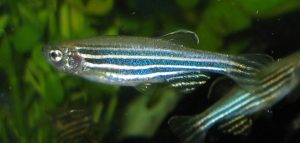
Previous studies on animals like zebrafish have found parabens to damage DNA and reproduction in male zebrafish, however the first study on how parabens affect human men was actually just published in October of 2017. This study found that paraben levels were associated with damage to DNA within sperm, corroborating with a recent analysis reporting a nearly 60% decline in total sperm count from 1973 to 2011. BUT a second study found that paraben levels do not seem to impact sperm quality in young men.
With these conflicting studies, there really needs more research done into how parabens affect sperm count, quality and men’s general health. Unsurprisingly this isn’t the easiest thing to test experimentally in humans, mixed in with the vast variabilities, such a dose dependency & when, how and with what other chemicals the person is exposed to, it’s a total minefield.
The bottom line:
With all the evidence on parabens linking it to a decline in reproductive health, we chose to remove parabens and replace with a safer alternative, a preservative that we fully understand the method of action. Sodium Anisate and Sodium Levulinate cause the microbes to die by steadily supplying the microbe with electrolytes, reducing the pH inside the cell. The microbe tries to counter this by expelling protons, this process consumes energy.
Eventually the microbe is no longer able to expend energy or supply protons to counter the electrolytes, which kills the microbe. It’s this unique property which is magnitudes safer for use on the skin than other commonly used preservatives, with the preservative itself being fully bio-degradable, meeting OECD criteria, minimising risk to the environment and to you.
However, the preservatives we use are some of the most expensive on the market and the current parabens backlash doesn’t seem to be dying down either, causing many brands to switch their preservative choices.
Parabens are amongst the least irritating and allergenic preservatives on the market, with an allergy incidence of 0.5-1.7% in patch-tested individuals. For comparison other common, synthetic preservatives, the incidences reported in this review are:
- Formaldehyde: 9% (US), 2-2.5% (Eur)
- Quaternium-15: 9% (US), 1% (Eur)
- Diazolidinyl urea: 2.7-3.7% (US), 0.5-1.5% (Eur)
- Imidazolidinyl urea: 2% (US), 1% (Eur)
- Methylchloroisothiazolinone/methylisothiazolinone (MCI/MI) 2.3-2.9% (US), 2-2.5% (Eur)
- Phenoxyethanol 3.4 %
The bottom line is, there is still a lot we don’t know about parabens and men’s health but there is enough evidence to suggest you might be better off ditching parabens in skincare but only if the alternative is something actually better. Should you though? That is a question we’ll leave up to you.
The science in skincare is our ongoing series helping consumers better understand the science in skincare. We translate the science into a format that is much easier to read, bust the myths and give you a clear, transparent and honest assessment so you can make an informed choice of what goes onto your skin.
Be the first to hear about our new articles by signing up to our email newsletters or by following us on Facebook or Twitter

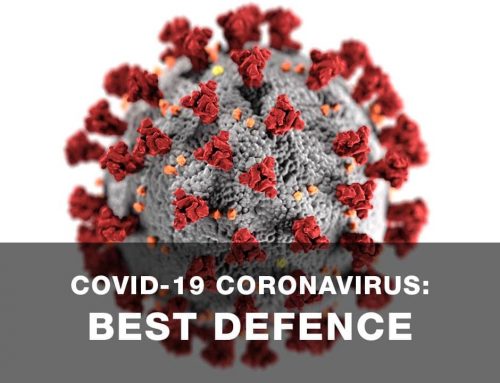
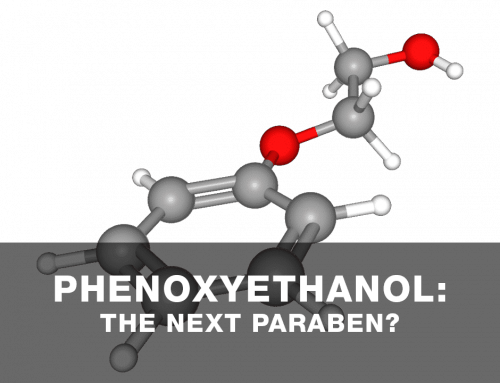
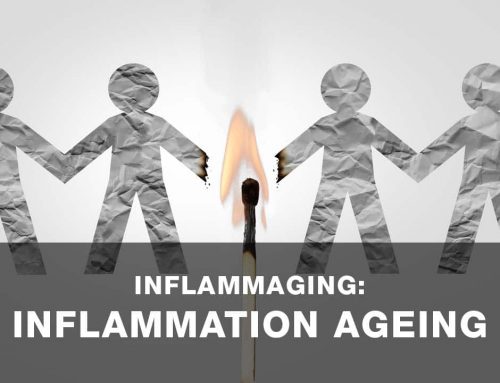
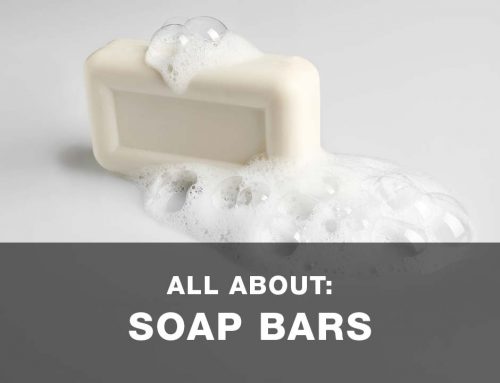
Leave A Comment